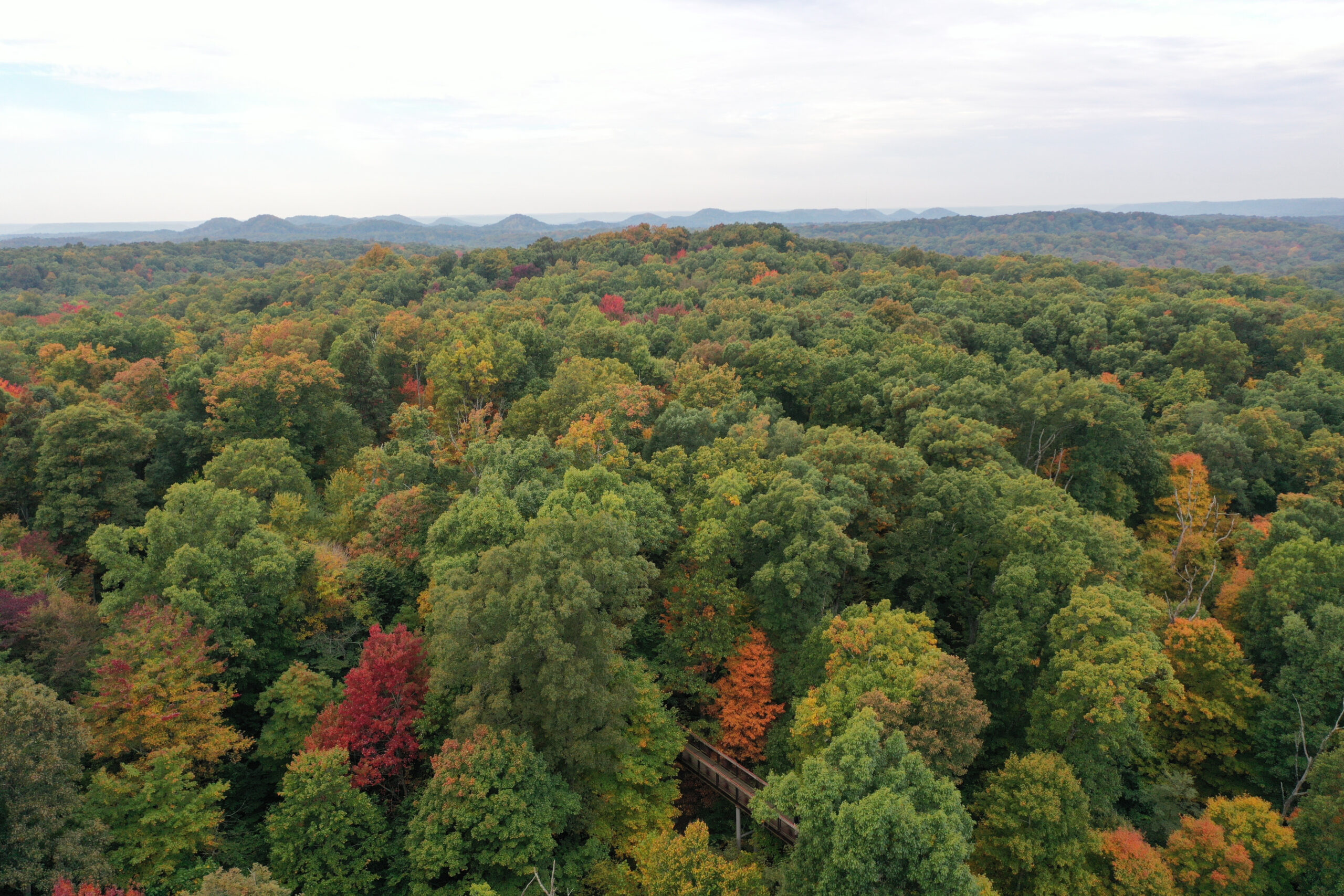

Research & Science
Horticulture & Sustainable Landscapes
Hor·ti·cul·ture (ˈhôrdəˌkəlCHər/)
Noun: the art or practice of garden cultivation and management.
Level IV ArbNet Accreditation
What is an Arboretum?
Bernheim’s prestigious Arboretum is a repository for unique, rare, and endangered species of plants that are native to our region and introduced from many parts of the world. Quercus georgiana (Georgia oak), Betula uber (roundleaf birch), and Magnolia obovata (Japanese bigleaf magnolia) are just a handful of the many wonderful species displayed with the Arboretum.
We proudly partner with other research institutions and state agencies to exchange and safeguard germplasm to preserve ex-situ (from other locations) collections as well as native Kentucky plant populations.
Visit our beautiful 600-acre arboretum and experience the wonder of over 3,500 accessioned plants. Our plant records database will help locate your favorites. Be sure to check out our most notable collections:
Quercus (oak), Acer (maple), Fagus (beech), Gingko, Magnolia, Ilex (hollies), Aesculus (buckeye), and conifers.
Restorative & Intentional
Sustainable Practices
Sustainable horticulture comes in many forms at Bernheim. Our team is intentional about designing and creating spaces where restorative ecosystems can thrive and regeneration occurs naturally. We actively live this out by:
- Performing biodiversity studies in support of plant and insect diversity
- Opting out of insecticides and fungicides
- Planting with purpose: each area of the Arboretum is unique and we match plants to each site
- Focusing on reducing our carbon footprint in all aspects of our work
- Using technology for data collection and review
- Focusing on propagating and growing species of regional ecotype to offer back to the region
- Implementing a closed-loop system for organic debris (compost, mulch, and even wood for buildings)
Purposeful Planting
The Edible Garden
Explore our one-of-a-kind Edible Garden – a four-acre site just across from Bernheim’s Visitor Center that connects people to one of the oldest, most popular pastimes – gardening! Learn how much food we produce and how this essential garden makes the environment healthier by meeting the most rigorous green design standards in the world.
Garden Guidelines for your Visit
